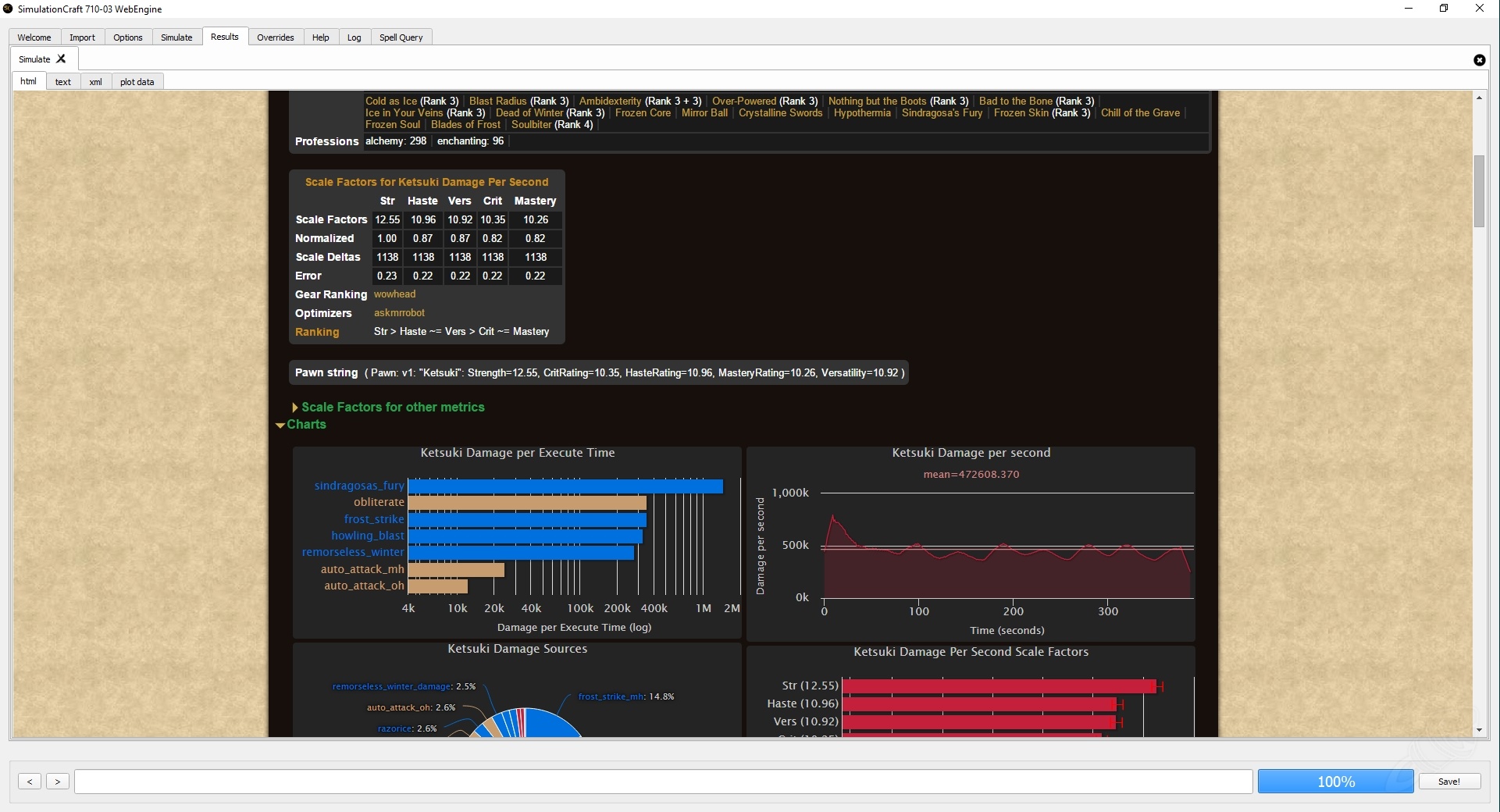

There are also more specific design nuggets that we’ve revisited from earlier games, like an upgrade system with multiple resources that was something we had experimented with for SteamWorld Dig 2. While this game is a completely fresh setting, a new genre, fully 3D, and so on, from a pure game design standpoint, there’s a lot of old truths that still hold true, like the ways in which we value the player’s time, and how we try to make sure that the game can be enjoyed by players regardless of skill level. Hartelius: A lot! We’re still the same folks, and we’ve learnt a lot making the SteamWorld games up until this point. How did your work on the SteamWorld franchise impact the design decisions and concepts behind The Gunk? That’s when we began our hard work on implementing the unique raymarching tech that gives the gunk that mesmerizing, always-shifting quality. With that change, it followed that our gunk could no longer be a simple heightmap on the ground, but instead had to also be fully 3D. But as we felt that exploration was such a key part of the game, we really wanted the player to be able to get much closer to the world, so we moved the camera much closer and into a third-person perspective. The game started out with a top-down view, similar to Diablo, with no camera controls. Hartelius: There have been a few big, interrelated shifts in the game since the first prototype. How did the game evolve from that initial prototype idea?
#Simulation craft how to#
From there, we’ve just been constantly expanding and experimenting with this basic premise: How to make exploring and revealing a world as interesting as possible. By sucking up the fog with a vacuum, you revealed the level underneath it.


In that first prototype, the only thing you could do was move about a small but open-ended jungle that was filled to the brim with grey fog. The Gunk Game Director Ulf Hartelius: We started with an early prototype with placeholder tech and art that helped shape The Gunk’s tech. How did the idea for The Gunk come about? Note that if you want to get the Original TBC simc commit here working you just need to remove -mtune=pentium-m from the Makefile and then run. Each class will need spell, tier set bonuses, APLs, and talent implementations. Typically there is one or more devs per spec, but that isn't a hard requirement.

Need the class modules to be able to implement these Need to be able to import gear and have it have the correct stats/etc Handling items/character stat integrations.
#Simulation craft code#
Alternatively you could hard code this like it used to be done. Parsing game data into workable Spell Data (somewhat blocked until blizzard publishes client for TBC).Branch created for the version of the game, i.e.In order for this work to even start a few prerequisites would be required. The bulk of the work for any SimC expansion is mostly down to implementing each class spell in the class module and then subsequent APL work. See the contribution file for more information on how to participate. There are probably lots of things missing from this, but this is a good starting point for anyone interested. Placeholder ticket meant to encompass the work required to get support for Classic Vanilla and/or TBC support into SimC.


 0 kommentar(er)
0 kommentar(er)
